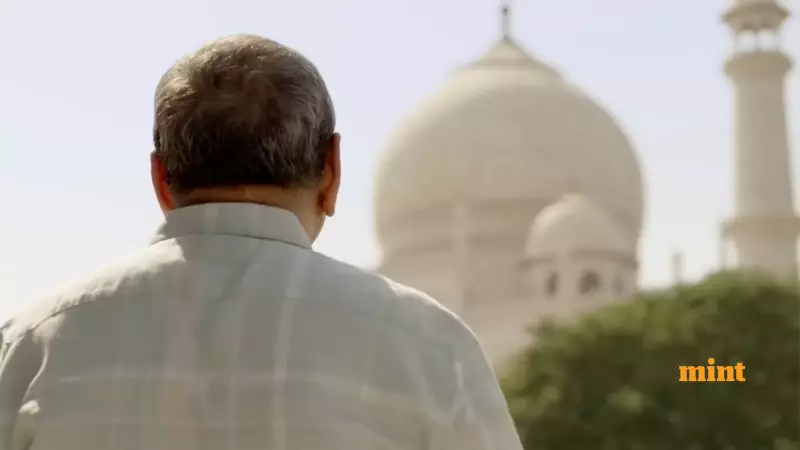
The iconic Taj Mahal, one of the world's most celebrated monuments, has found itself at the center of a bizarre historical controversy that continues to resurface in public discourse. At the heart of this debate lies a controversial theory that challenges the monument's widely accepted origins.
The Man Behind the Conspiracy: PN Oak
The 'Tejo Mahalaya' theory was primarily propagated by Purushottam Nagesh Oak, an Indian writer and historian who founded the 'Institute for Rewriting Indian History'. Oak claimed that the Taj Mahal was originally a Hindu temple palace called 'Tejo Mahalaya' dedicated to Lord Shiva, built centuries before Shah Jahan's time.
What Does the Theory Actually Claim?
According to Oak's controversial assertions:
- The Taj Mahal was never built by Mughal emperor Shah Jahan
- It was originally a Rajput palace captured by Mughal forces
- The name 'Taj Mahal' derived from 'Tejo Mahalaya'
- Mumtaz Mahal was buried in a captured Hindu structure
- Various architectural elements supposedly prove Hindu origins
Supreme Court's Decisive Stand
The Indian judiciary has repeatedly addressed this controversy, with the Supreme Court delivering a firm verdict on the matter. The apex court dismissed several Public Interest Litigations (PILs) seeking recognition of the Taj Mahal as a Hindu temple, calling them 'completely frivolous' and based on 'imaginary history'.
In a significant ruling, the court stated that there was no credible evidence to support claims that the monument had Hindu origins and emphasized the importance of preserving historical facts over fabricated narratives.
Why Does This Controversy Persist?
Despite clear historical records and archaeological evidence supporting the Taj Mahal's Mughal origins, the theory continues to find traction among certain groups. Several factors contribute to its longevity:
- Political motivations: The theory often gets revived during periods of political polarization
- Nationalistic sentiment: Some view it as reclaiming Indian heritage from Mughal history
- Historical revisionism: Attempts to rewrite historical narratives
- Social media amplification: Digital platforms help spread unverified claims rapidly
What Historical Evidence Actually Shows
Mainstream historians and archaeologists universally reject Oak's theories, pointing to overwhelming evidence:
- Detailed Mughal-era documents describing the construction process
- Architectural records naming the architects and craftsmen
- Contemporary accounts from European travelers
- Clear Mughal architectural features and planning
- Absence of any pre-Mughal structural evidence
The Lasting Impact on Indian Heritage
This ongoing controversy highlights the complex relationship between history, politics, and public memory in contemporary India. While the Supreme Court has put a legal end to the debate, the theory continues to circulate in certain circles, demonstrating how historical monuments can become battlegrounds for modern ideological conflicts.
The Taj Mahal remains one of India's most precious heritage sites, attracting millions of visitors annually who come to marvel at its architectural brilliance, regardless of the persistent conspiracy theories that surround its origins.





